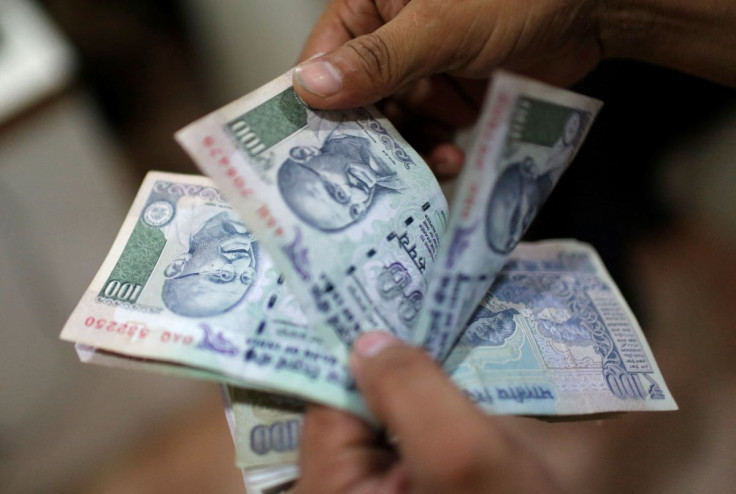Indian Trade, Current Account Deficit Seen Widening, Rupee Under Pressure

India's trade and current account deficits are likely to widen, putting pressure on the rupee, as global oil prices surge and the domestic economy reopens from a third wave of the pandemic, economists and analysts said.
India's trade deficit widened sharply to $21.19 billion in February compared to $17.94 billion the previous month, preliminary data showed.
"The recent increase in crude oil prices beyond $110/barrel and simultaneous revival of domestic demand pose headwinds to India's current account balance as import bill will likely remain elevated," Barclays economist Rahul Bajoria said.
Oil prices have hit their highest levels in almost a decade.
Indian exports dipped to $33.81 billion from $34.06 billion, while imports rose to $55.01 billion from $52.01 billion.
Exports could dip amid global trade disruptions due to the Ukraine crisis but analysts the impact was likely to be small, with Russia accounting for just 0.8% of India's exports.
"If the slowdown in Russia's economy spills over more broadly, risks to export demand would increase," Nomura economists Sonal Varma and Aurodeep Nandi wrote.
"On the flip side, higher commodity prices should help with commodity-based exports like petroleum products and metals. On balance, we believe higher commodity prices will play a key role in further widening the trade deficit," they said.
Emkay Global economist Madhavi Arora said the current account deficit as a proportion of gross domestic product could rise by 0.5% with each $10 barrel increase in crude prices.
She said that with oil above $100 a barrel, the current account deficit could exceed 2.5% of GDP in 2022/23.
"A higher twin deficit, global risks and a change in risk appetite could keep the pressure on the rupee intact," she said.
The rupee is expected to trade in a range of 75 to 76.50 to the dollar in the near term with India's large foreign exchange reserves of nearly $633 billion providing a buffer and preventing sharp depreciation.
"While funding requirements are likely to be manageable, we think capital inflows will barely offset the increasing deficit; hence, the (balance of payment) surplus is likely to be small," Bajoria said.
© Copyright Thomson Reuters 2024. All rights reserved.




















